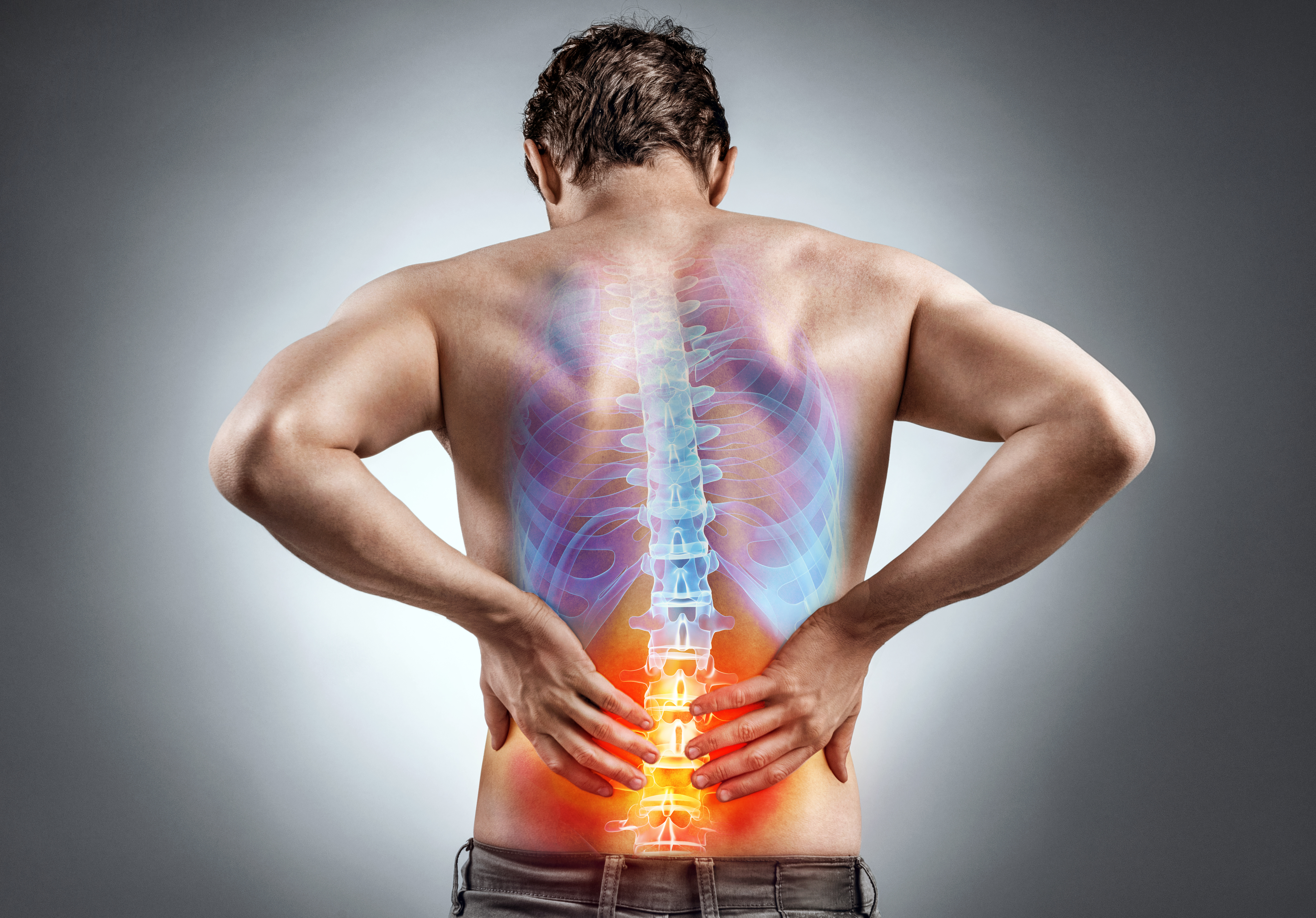-
Call us now
03 9088 8059 -
12 Wellington Parade
East Melbourne VIC 3002 -
Mon - Satday
08:00 to 20:00

Sciatica
Injury to or compression of the sciatic nerve will cause sciatica.
It is a low back pain combining with a pain through the buttock and down one leg. The leg pain usually goes past the knee and may go farther to the foot. Sometimes, weakness in the leg muscles occurs with sciatica.
Causes of sciatica
Sciatica occurs when there is pressure or damage to the sciatic nerve. This nerve starts in the spine and runs down the back of each leg. This is to say, sciatic nerve controls the muscles of the back of the knee and lower leg. Then provides sensation to the back of the thigh, part of the lower leg, and sole of the foot.
Common causes of sciatica include:
• Piriformis syndrome- a pain disorder involving the narrow piriformis muscle in the buttocks
• Slipped disk
• Degenerative disk disease
• Spinal stenosis
• Pelvic injury or fracture
• Tumors
Symptoms
Sciatica pain can vary widely. It may feel like a mild tingling, dull ache, or a burning sensation. In some cases, the pain is severe enough to make a person unable to move.
The Nature of the Pain
The pain most often occurs on one side. Some people will have sharp pain in one part of the leg or hip and numbness in other parts. The sensations may also be felt on the back of the calf or on the sole of the foot. The affected leg may feel weak.
The pain often starts slowly. Sciatica pain may get worse:
• After standing or sitting
• At night
• When sneezing, coughing or laughing
• When bending backwards or walking more than few yards, especially if the cause is spinal stenosis.
During physical examination, straight leg raising test reveals whether a patient with low back pain has an underlying herniated disk at L5, S1 or S2.
Ayurvedic view of sciatica
In ayurvedic texts, sciatica is termed as ‘grudhrasi’.
The name meaning
Grudhra means vulture. Vulture is fond of meat and has a particular fashion of eating meat. It pierces its beak deeply in the flesh and then draws it forcefully, causing severe pain. The pain of grudhrasi is also the same kind, hence the name. Because of the persistent severe pain the patient has a typical gait. The gait is slightly tilted towards the affected side and affected leg in flexed position and other leg is extended. In other words, it resembles with that of vulture. So, the disease name is grudhrasi.
Vata is the main dosha involving in grudhrasi. Among five types of vata, apana and vyana vayu are the main ones in this disease.
Ayurvedic herbal treatment for sciatica
• Herbal medicines that balances vata and kapha should be used
• Hot potency herbs must be used
• Ruksha therapy followed by abhyangam
• Nirgundi produces beneficial effects in treating grudhrasi.
• Herbal decoctions, tablets, powders and leham
• Panchakarma therapies such as virechana, vasti
• kativasti is beneficial in sciatica
• Rejuvenative therapy is beneficial in sciatica
Osteoporosis
Osteoporosis is a systemic skeletal disease characterized by low bone mass and microarchitectural deterioration of bone tissue. As a result, leading to enhanced bone fragility and a consequent increase in fracture risk. Which makes the bone have lower density and high fracture risk.
Average female bone mineral density peaks at age 35, slow decline thereafter. Density loss accelerates after menopause.
Factors influencing osteoporosis
• Vitamin D
• Parathyroid hormone
• Calcitonin
• Estrogen
• Androgen
• Female sex
• Advanced age
• Estrogen deficiency
• Early menopause (>45 years of age)
• Prolonged premenopausal amenorrhea (>1 year)
• Low body weight/RMI
• Smoking
• History of fractures as an adult
• Low calcium intake
• Inadequate physical activity
Ayurvedic perspective of osteoporosis
Asthi or bone is made up of prithvi, vayu and akasa.
The correlation
The most predominant element present in asthi dhatu (bone tissue) is prithvi mahabhuta. When the medo dhatu (fatty tissue) comes in contact of prithvi, agni and vayu, it becomes hard due to loss of water. The sthira guna of prithvi is improved by the khara guna of vayu in asthi, thus making it strong structure to carry the weight of the body.
Akasa mahabhuta is present in the porous structures of the body such as asthi. Moreover, akasa mahabhuta is present only in asthi dhatu among the seven dhatus. Therefore, even though strong and stable, asthi dhatu is light due to the presence of akasa, vayu and agni mahabhutas.
Hard parts of the body like nails, teeth, bones, ligaments, veins, arteries, hair and semen are formed as paternal elements.
Ayurvedic line of treatment for osteoporosis
- • Treatments to balance the vata dosha includes snehana, svedana and mild virechana
- • Vasti with milk and ghee processed with bitter drugs will improve the density of bone tissue resulting in asthi dhatu nourishment.
• Treatment must be aimed at increase of khara guna (solidity and hardness) of bone tissue.
• Herbal medications like decoctions, herbal tablets, medicated ghee
• Oil can be used internally and externally
• Ksheera kashayam for the bone nourishment
• Rejuvenative treatments
